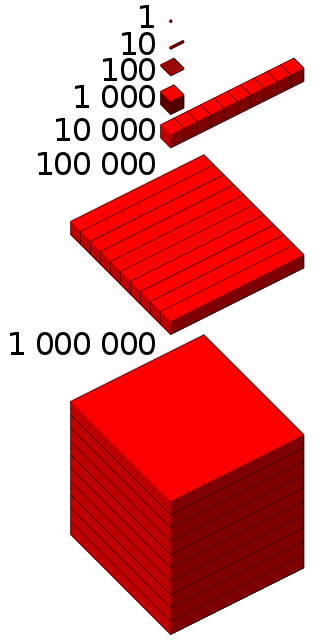In mathematics
888 is a base ten repdigit (a number all of whose digits are equal), [1] and
Where 37 is the 12th prime number.
888 is a practical number, meaning that every positive integer up to 888 itself may be represented as a sum of distinct divisors of 888. [2]
888 is equal to the sum of the first two Giuga numbers: 30 + 858 = 888. [3]
There are exactly:
- 888 trees with four unlabeled and three labeled nodes, [4]
- 888 seven-node undirected graphs without isolated vertices, [5] and
- 888 non-alternating knots whose crossing number is 12. [6]
Crystagon
888 is also the 16th area of a crystagon, equivalent with the quotient of binomial coefficient and with . [7] [8]
This property permits 888 to be equivalent with: [7]
- the sum of second pentagonal numbers and hexagonal numbers (392 + 496),
- the sum of twice pentagonal numbers and triangular numbers (752 + 136), as well as
- the difference between even squares and triangular numbers (1024 − 136).
Heronian tetrahedron
888 is the 42nd longest side of a Heronian tetrahedron, [9] whose edge lengths, face areas and volumes are all integers; more specifically it is the second-largest longest side of a primitive Heronian tetrahedron (after 203, and preceding 1804) [lower-alpha 1] with four congruent triangle faces (this primitive Heronian tetrahedron is a tetrahedron where four edges share no common factor). [18]
Decimal properties
888 is the smallest multiple of twenty-four divisible by all of its digits, [19] whose digit sum is also itself. [20]
It is a happy number in decimal, meaning that repeatedly summing the squares of its digits eventually leads to 1:
8883 = 700227072 is the smallest cube in which each digit occurs exactly three times, [21] and the only cube in which three distinct digits each occur three times. [22]






